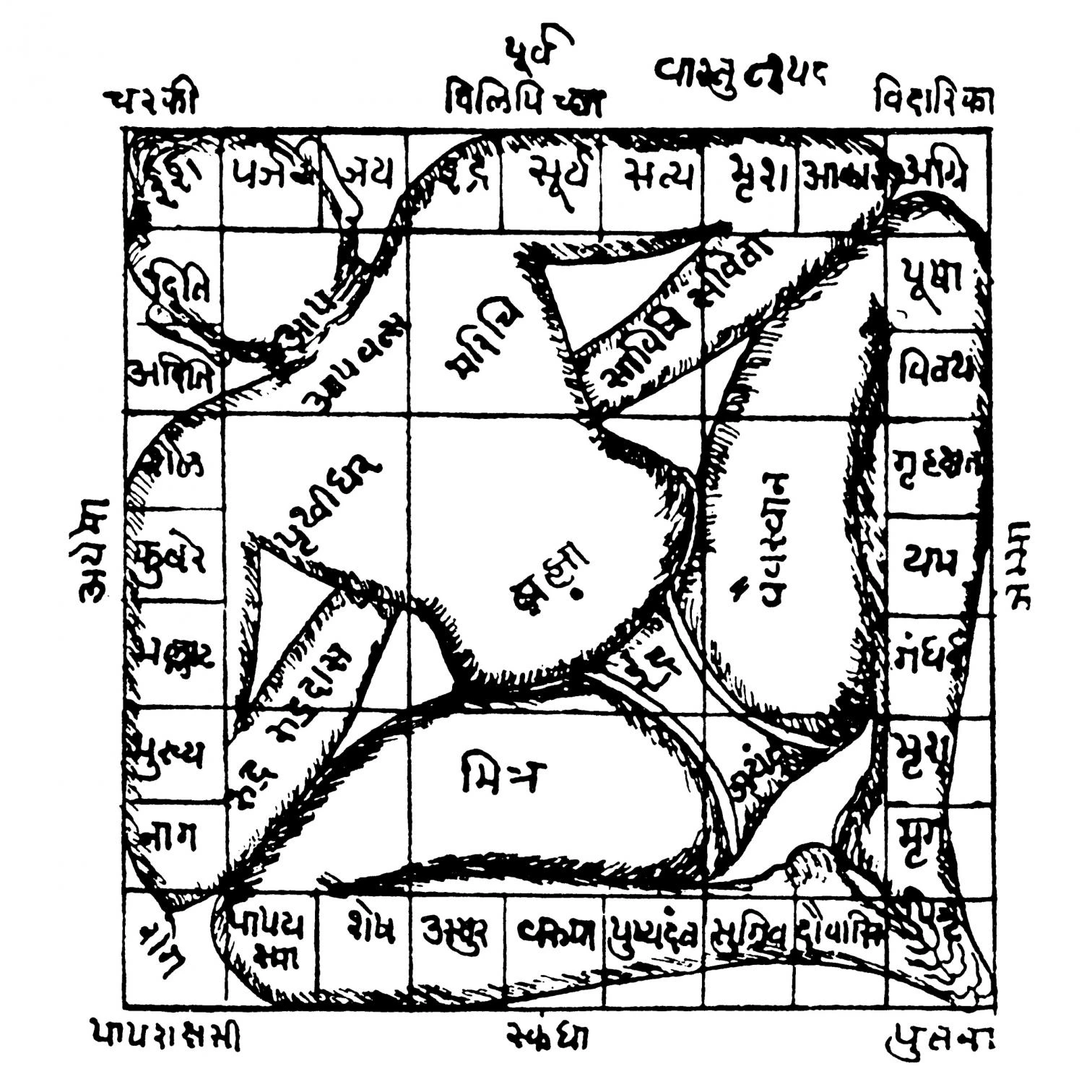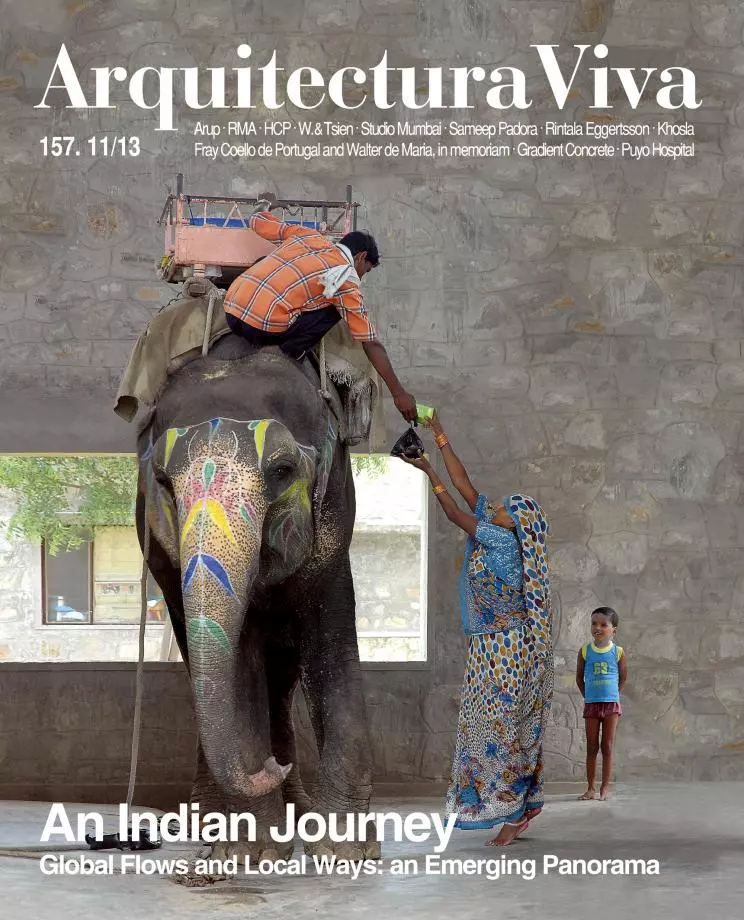
India is not a country, but a continent. It is very hard to fully grasp its diversity, so here we attempt to explore its architecture through a series of examples that go from the Himalayas to its southern extreme. As Rahul Mehrotra explains, in contemporary India the large works developed by global capital coexist with the oceanic growth of informal settlements; sophisticated technologies with ancestral techniques; and the flows of modern economy with the resistant roots of the sacred. Between these two extremes – which can be found in adjacent urban spaces, giving way to surreal contrasts – a new generation of architects has taken the baton from figures like Balkrishna Doshi, Charles Correa or Raj Rewal, striving to interpret modernity from its material, climatic and symbolic context, and an even younger one through the ideological and ethical activism of alternative or sustainable construction, in the wake of the pioneer Laurie Baker.
This rich panorama of authors and experiences takes shape in the context of an extraordinary historical tradition, from the Buddhist stupas and buried temples or the monumental tombs of the Moghul period – like the mythical Taj Mahal – up to the colonial influences of the Portuguese, Dutch, French, and British, who materialized the dream of the empire with the colossal classicism of the New Delhi of Edwin Lutyens and Herbert Baker. But the independence in 1947 made modern architecture the national style, after the traumatic division into five states and the tragic exodus of Hindus, Muslims and Sikhs across borders, with several new cities created ex novo, of which Chandigarh would be the most important: Le Corbusier made twenty-two trips to India during its design and construction, becoming an unavoidable reference for an emerging profession, with an impact on the architecture of the country that can still be felt.
In a difficult economic situation – probably the severest since the 1991 crisis, which opened up the gates to the flows of globalization –, with the fall of the rupee and the markets, the slowdown in growth and the rise of inflation, India faces a huge challenge. The third Asian economy must provide goods and services for 1.2 billion people, and the hopes expressed during the boom of 2003-2008 to overcome “chronic poverty, ignorance and disease” have lost shine. If the monetary restrictions that herald the end of cheap money have damaged the expectations of emerging economies, no one country has been affected as much as India: the corruption and urban unruliness that this year has left hundreds of victims in building collapses seem to be an ominous symbol of the economic crash, but this great democracy will know how to find its own path towards material prosperity and spiritual resilience.





